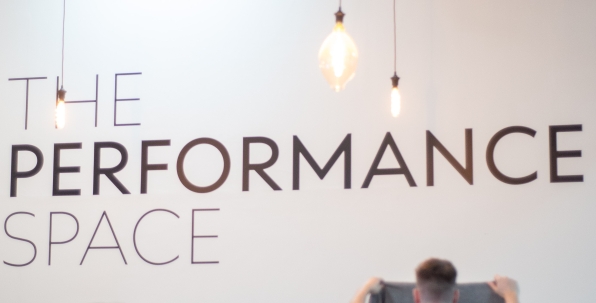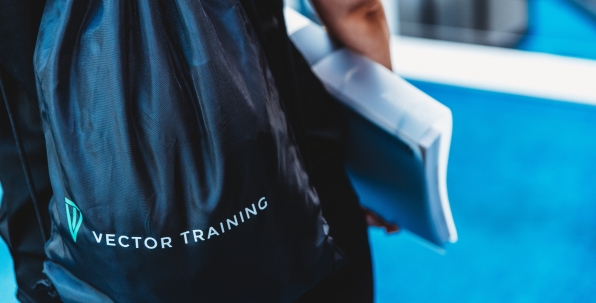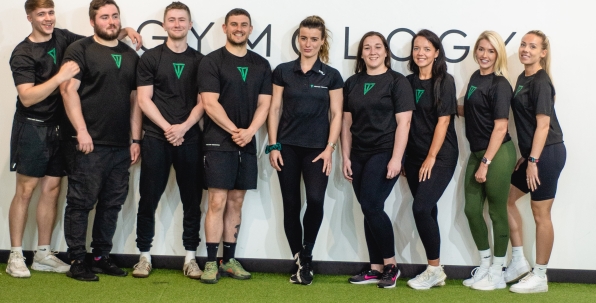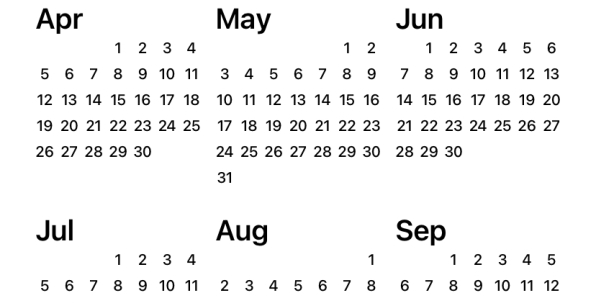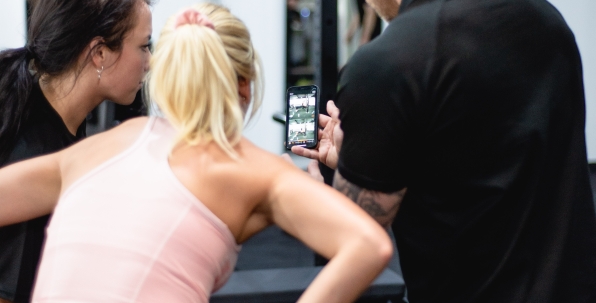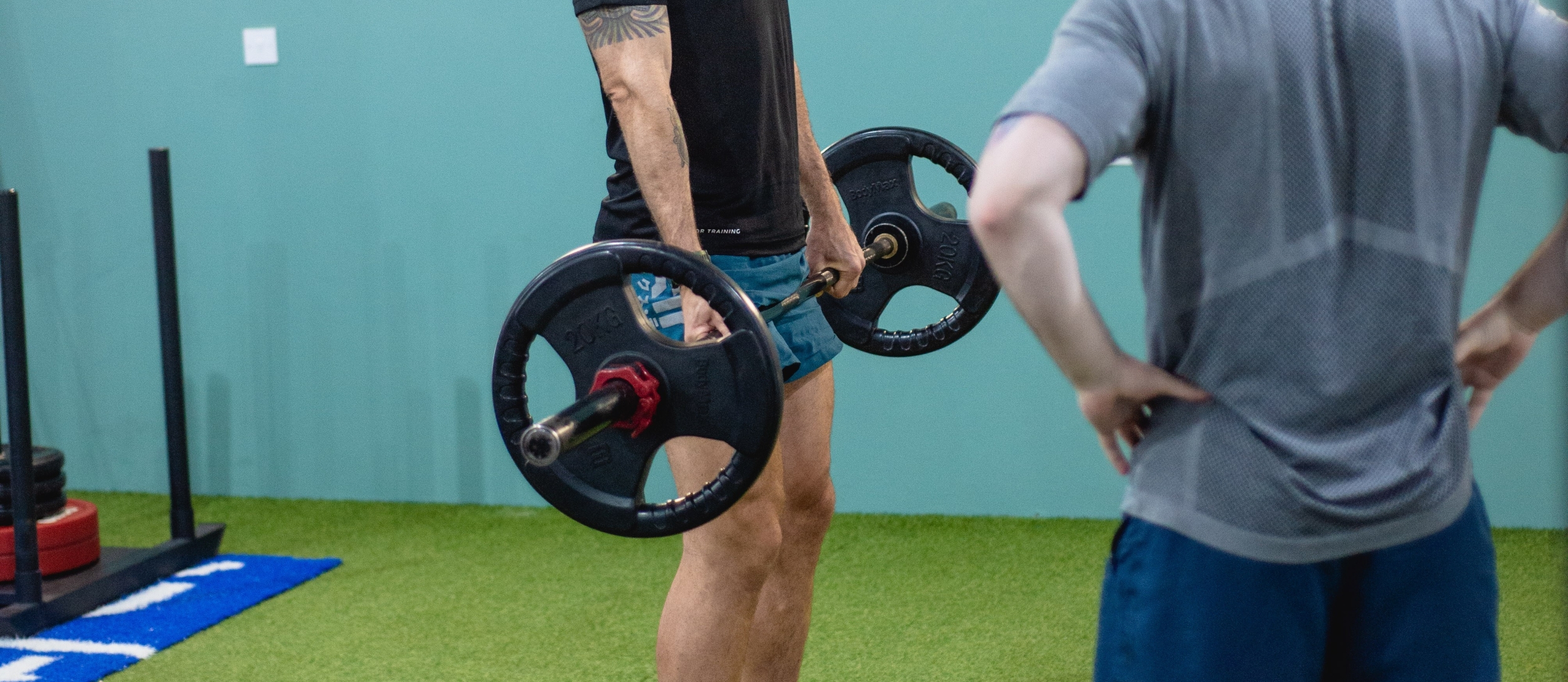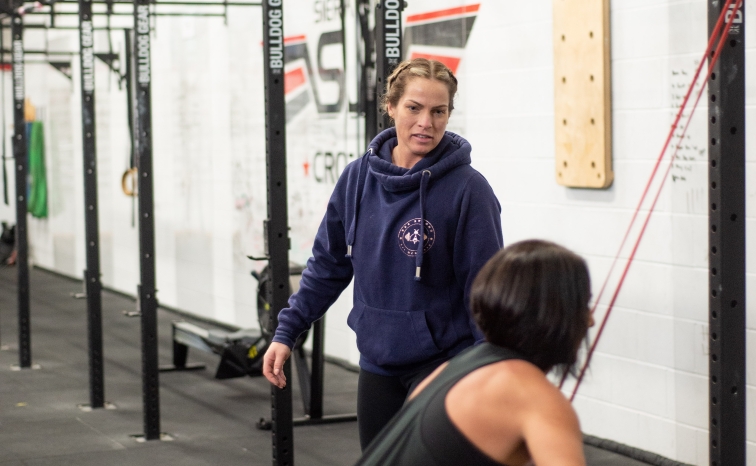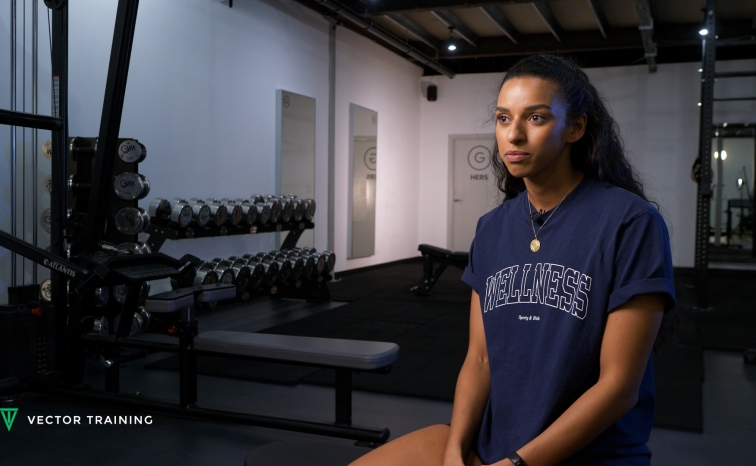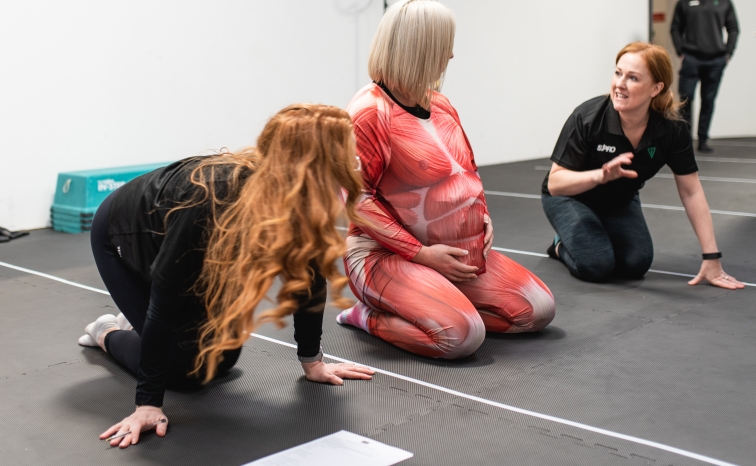Signing up with a Personal Trainer can be overwhelming, especially for beginners that have never stepped foot in a gym before. Your job as a coach is to make them feel as comfortable as possible and teach them how to move well.
The thing is, this can be a slow process. Some clients will pick up movement patterns instantly whereas others will take longer. To prepare for this, we’ve put together 4 exercises beginners struggle with in the gym and how to coach them through the movements.
Romanian deadlifts
If you’re looking to target your client’s hamstrings then this is definitely an exercise that you should consider including in their programme. The Romanian deadlift is a variation of a conventional deadlift that consists of less knee bend and more hinging of the hips. This takes out any work by the quadriceps and focuses solely on the posterior chain muscles. However, many beginner clients struggle with a hip hinge movement and often mistake it for a squat. Here are some common mistakes you might see from your clients.
- Too much bend in the knees, squat not hinge
- Rounding of the lower back
- Shoulders drooping forwards
If your client is showing signs squatting and not hinging, then you might need to strip the movement back to basics. Start with no equipment and ask your client to place their hands on their hips. You can ask them to try and reach an object behind them such as a wall by pushing their hips back. Using a physical cue such as a wall gives the client something to work towards. This can also reduce any rounding of the lower spine. Once they are comfortable with this, you can begin to include weights.
Another problem that you might come across is your client drooping their shoulders. If this is the case then you can try good mornings with a stick or dowel. A good morning consists of the exact same movement as a Romanian deadlift, except the barbell is placed on the shoulders and not held in front of the body. Doing so will force your client to keep their shoulders back as they hold onto the bar.
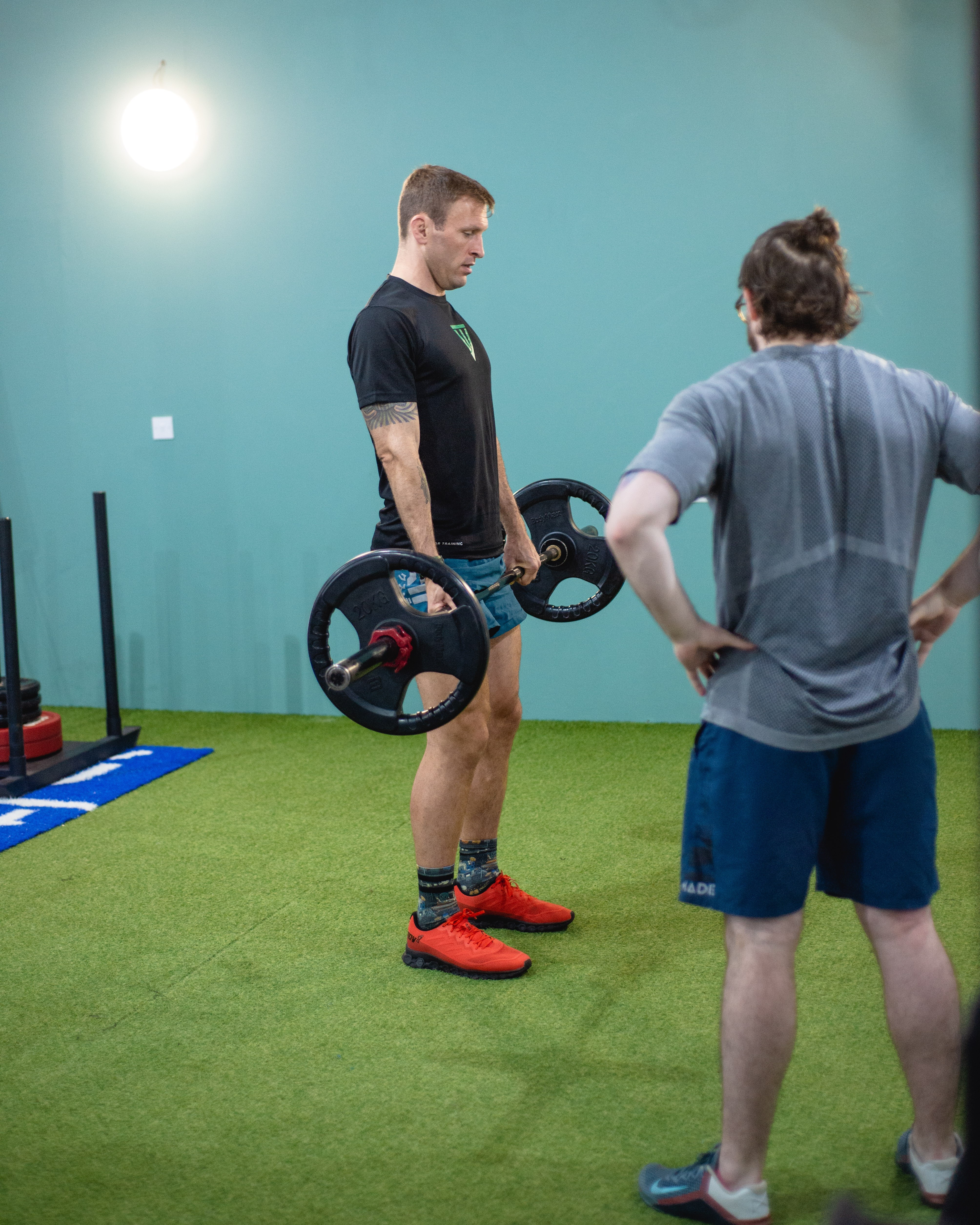
Lunges
Although lunges are a popular exercise, it is not common for them to be executed incorrectly. Some of the main mistakes to look out for include:
- Overstride
- Narrow step
- Knee hits the floor
- Weight in the toes
To combat your client holding a narrow stance which may cause balance issues or knee valgus, cue them with ‘train tracks not a tightrope’. This is a metaphorical aid that will help them visualise walking across a wider surface.
Likewise, if their knee is aggressively hitting the floor on each lunge, the cue ‘kiss the floor with your knee’ can be helpful. This emphasises that the knees should not smack the floor and instead lightly touch it. And if you can see their heels rising during the movement, recommend that they shift the weight into the backs of their feet. This will make the exercise more difficult and put less stress on the knee joint.
Seated row
The back can be a difficult area for beginners to focus on during training. It’s not an area of their body that your client can see and therefore it makes it more difficult to ‘visualise’ working the muscles. As most people spend much of their time sitting down, a slouched posture can also lead to weak back muscles. Common issues in many rowing movements include:
- Pulling with whole body
- Only using the biceps
- Shrugging shoulders
- Hunched position
The main focus during a row movement should be to keep the chest lifted, stay tall and squeeze the shoulder blades together during the pulling movement. One of the best cues for clients performing a row is to get them to imagine an item such as a golf ball resting between their shoulder blades. As they pull, tell your client to squeeze the golf ball between their shoulder blades. Throughout the exercise, the only movement should come from the elbow joint and not the rest of the body.
Push ups
This is by far one of the most incorrectly performed exercises out there. Why? Because it’s a hard exercise to do and requires an incredible amount of upper body strength. Regardless of whether the push ups are performed in full, or regressed and your client drops down to their knees, it is still commonly performed wrongly. These are key errors that many people make:
- Hips drop before shoulders
- Neck not in line with body
- Elbows flare out
- When on knees, hips stay in the air
One of the most important things your client should be doing throughout the movement is staying stiff. This consists of engaging the core and glute muscles during the whole exercise. By doing so, this will reduce the chances of the hips dropping and make this a full body exercise as opposed to putting all of the pressure on the shoulders.
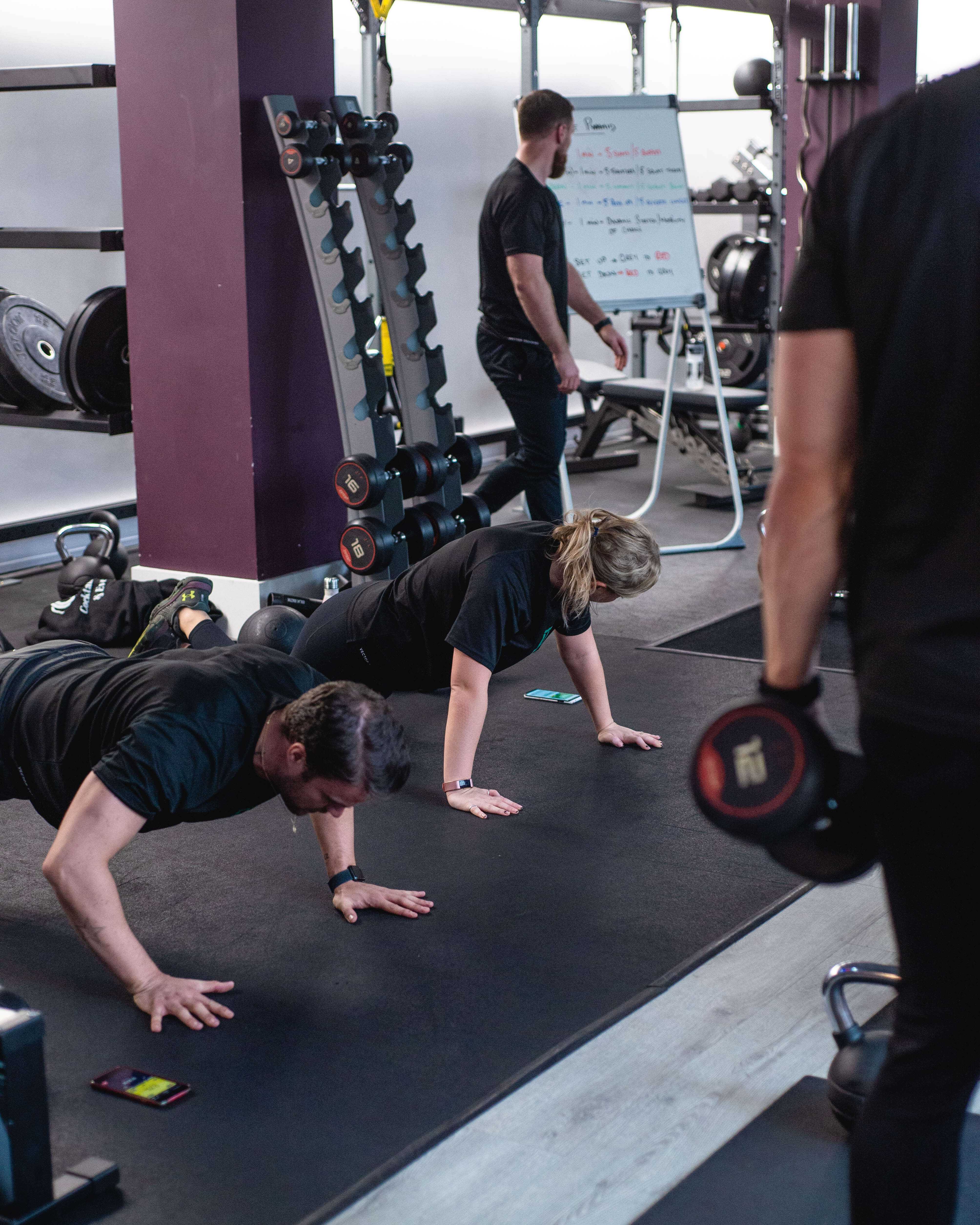
The main thing to remember when coaching beginner clients is patience is essential. Some people will pick up exercises quickly, whereas others will take longer. Everyone is different and you should keep this in mind when training your clients. People learn in various ways, from being told what to do, to being shown or even just practising the movement for themselves. Always take this into account when training a new client with minimal experience in the gym.

